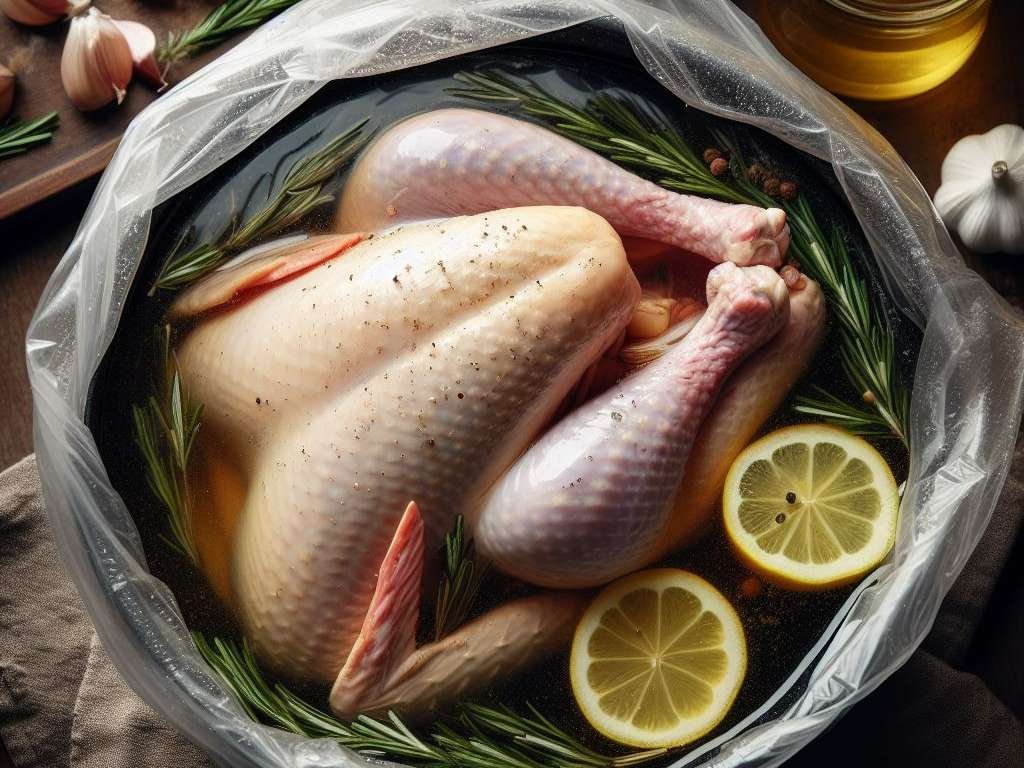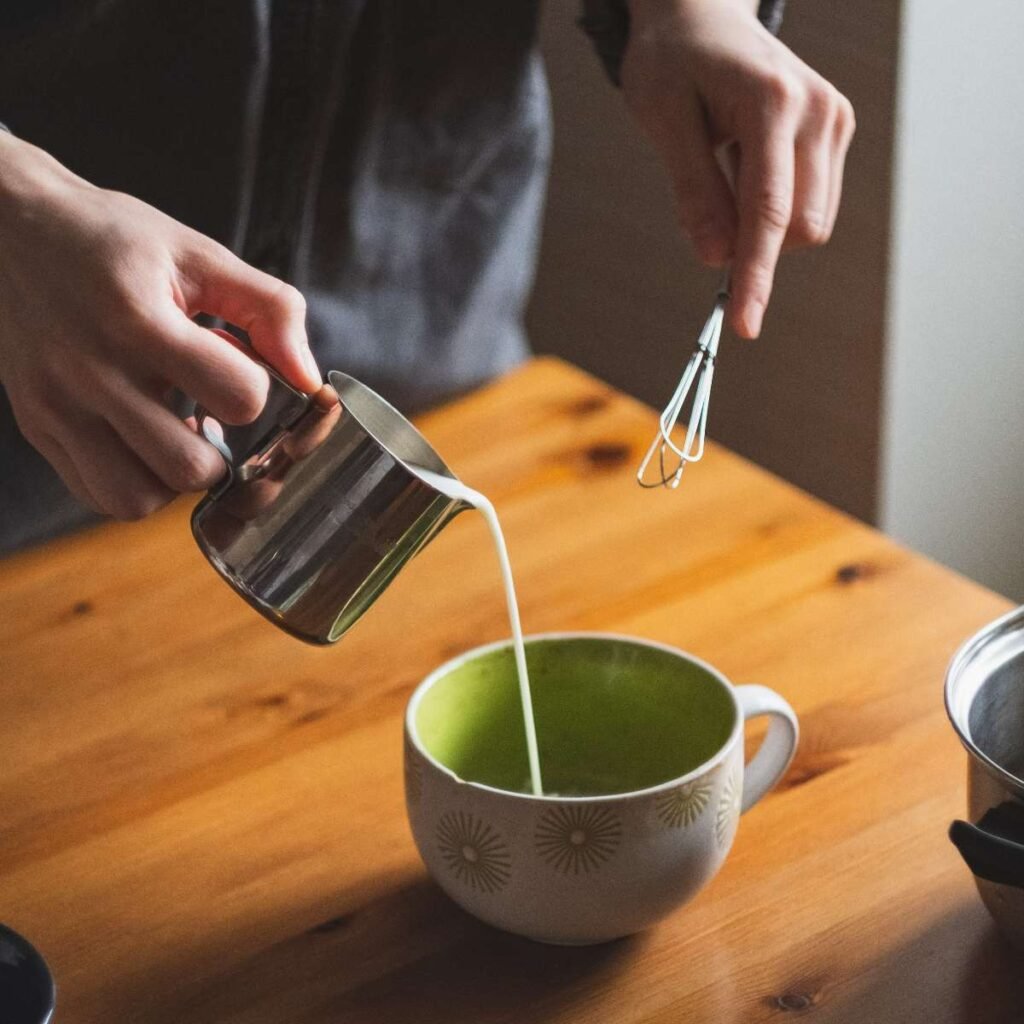Brining—a culinary secret weapon that turns ordinary cuts of meat into tender, flavorful masterpieces. But as you prepare to transition from the brining stage to baking, you might find yourself pondering, “Can You Put a Brining Bag in the Oven?” It’s a common question and one that’s essential for both taste and safety.
Today’s post explores the dos and don’ts of bringing bags in the oven. Let’s ensure your culinary creations are both delectable and hazard-free.
Safe Use of Brining Bags in the Oven

When it comes to bringing bags in the oven, safety should always be your top priority.
Typically, brining bags are made of plastic materials like polythene, which are not oven-proof.
So let’s make this loud and clear Regular plastic brining bags ARE NOT OVEN SAFE. If that’s what you have in hand, you can’t put your ordinary brining bags in the oven.
You have your answer there. From this paragraph on I will write to convince those who brought here that this article is worth reading. And hopefully will bring you and others again.
However, I will introduce you to roasting bags that are in fact oven-safe. Then you will get some value from reading this post after all 😉
Yes, there are oven-safe brining bag alternatives. For example, heat-resistant nylon or oven bags will allow you to safely cook your food. Meaning forget about the risk of melting or chemicals leaching into your meal.
To use a heat-resistant, oven-safe bag, first prepare your saltwater solution and let your proteins marinate in the brining bag for the recommended amount of time. Just like you use your regular brining bag.
Make sure your oven-safe bag is made of heat-resistant nylon specifically designed for oven use to ensure food safety.
Once your food is brined, secure the bag tightly to prevent leakage. Place the bag on a disposable aluminum tray, ensuring proper air circulation around the bag to prevent a fire hazard. Oven-safe bags also allow for better heat distribution, so your food cooks more evenly.
Keep an eye on the cooking process. Oven-safe bags are typically transparent, allowing you to monitor your food without opening the oven door. This prevents overcooked or undercooked dishes, and it even helps retain moisture.
Monitoring the internal temperature of your meal can also help ensure that dangerous bacteria are eliminated while cooking. This promotes food safety.
All in all, Traditional brining bags made of plastic materials are not suitable for oven use. However, there are oven-safe, heat-resistant alternatives available that provide a convenient and safe way to cook food in the oven.
Perfecting Your Brine Recipe
To create the ideal brine recipe for your meats, such as chicken, pork, or a whole Thanksgiving turkey, start by selecting your base ingredients. You can follow this brining process.
You can mix cold water with a combination of kosher salt and sugar. It’s essential to dissolve the salt and sugar fully to ensure the brine absorbs into the meat.
Stir the mixture well before adding your choice of herbs and spices. Some popular options include thyme, coriander seeds, black peppercorns, and garlic. Feel free to experiment with gin or other flavorings to add a unique twist to your brine.
When it comes to bringing bags, it’s vital to choose the right materials. Brands like Reynolds and Ziploc offer reliable options that can hold the weight of your meat and brine mixture. Before placing your meat in the bag, consider using a bucket or stockpot to support the bag and prevent spills. Layer two brings bags into the container for extra security.
To ensure a moist, flavorful protein, fully submerge the meat in the brine solution. Make sure the liquid covers the meat entirely. You may need to weigh down your meat to keep it submerged. Don’t forget to close the bag securely using a twist tie.
It’s important to note that bringing bags are not for baking or direct heat exposure. Thats because they are made of plastic or polythene materials.
As such, never put a brining bag in the oven, or it may pose a health risk. Instead, after removing the meat from the brine bag, you can grill, bake, or cook your protein with or without additional flavorings like butter or marinades.
Before cooking, it’s a good idea to remove excess brine from the meat’s surface. You can do this by patting it dry with a paper towel and discarding the used brine bag, which is not reusable.
It’s also essential to store your brined meat safely to avoid food poisoning. Use aluminum foil, plastic wrap, or a glass container to store your brined meat in the refrigerator until you’re ready to cook.
Last Thoughts
In summary, bringing your meats using a reliable brining bag and a carefully selected mix of ingredients can significantly enhance their taste and texture. With a little creativity, you can easily adapt your brine recipe to suit your preferences.
Just remember that bringing bags is only meant for bringing and storing purposes, not for cooking in an oven or exposing them to direct heat.
Happy brining!



